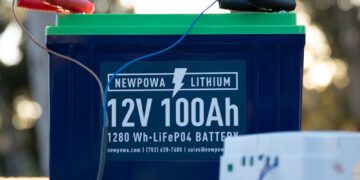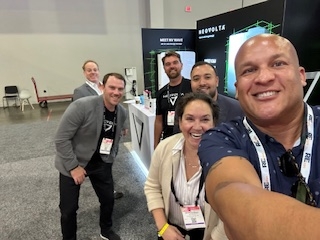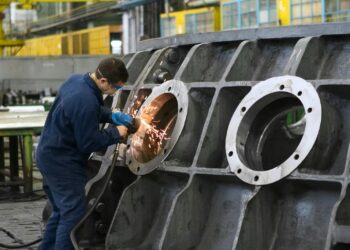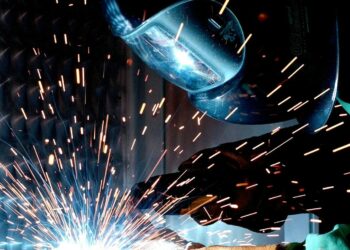NeoVolta (NASDAQ: NEOV): Energy Storage Momentum Moves from Show Floors to Investor Portfolios
Battery storage dominated conversations at RE+. From grid-edge economics to homeowner resilience—and the rising power needs of AI-driven data centers—energy you can control has become energy you can bank. Among the names drawing attention: NeoVolta Inc. (NASDAQ: NEOV), a San Diego–based manufacturer of smart lithium-iron-phosphate (LFP) storage systems.
Market Context: A Sector in Acceleration
The global energy storage market is expanding rapidly as electrification and renewables scale. Policy tailwinds, volatile time-of-use (TOU) pricing, and resiliency needs are pushing storage from “optional” to “expected”—particularly in high-solar regions.
- Policy tailwinds: Federal incentives and state programs continue to improve project economics.
- Utility economics: Evening TOU peaks increase the value of batteries for self-consumption and bill control.
- Resiliency: Weather and grid events keep backup power top-of-mind for homeowners and small businesses.
- Data centers: Hyperscaler growth is catalyzing interest in hybrid and onsite storage to firm clean power.
5 Quick Takes from the RE+ Floor
- Residential keeps it simple. Faster installs, clean commissioning, and reliable support lead to fewer callbacks.
- Safety sells. LFP chemistry and deep certifications (e.g., UL 9540/9540A) are becoming baseline buyer expectations.
- NEM 3.0 changed the math. The pitch now centers on self-consumption, TOU arbitrage, and outage backup.
- Financing unlocks volume. Bundled loans for solar + storage remove upfront cost friction.
- Service networks win. Brands investing in certified installer programs and stocking are outpacing box-shippers.
NeoVolta Snapshot
NeoVolta focuses on safety, durability, and installer experience. Its flagship NV14 provides 14.4 kWh of storage with a 7,680 W inverter and can be expanded via the NV24 add-on battery. The system uses LFP chemistry—non-flammable and non-toxic—with a long cycle life profile that aligns with homeowner expectations for reliability.
| Ticker | NEOV (NASDAQ) |
|---|---|
| Sector | Energy Storage / Clean Technology |
| Flagship | NV14 Smart Storage System (expandable with NV24) |
| Chemistry | Lithium Iron Phosphate (LFP) |
| Design Focus | Safety, installer-friendly commissioning, and web-based monitoring |
| Recent Notes | Emphasis on installer growth and homeowner financing access |
Why Investors Are Watching NEOV
- Secular tailwinds: Distributed storage adoption is rising with rooftop solar and resiliency needs.
- Technology posture: LFP chemistry and certifications speak to safety and longevity.
- Channel development: Expanding certified installer networks can accelerate market penetration.
- Financing access: Homeowner financing options can reduce friction and support volume growth.
What to Watch Next
- Updates on installer growth, training, and regional expansion.
- Storage attach rates in new solar proposals under evolving TOU/NEM structures.
- Product roadmap signals (capacity options, software features, and service tooling).
For additional company information, visit NeoVolta.com and track the stock at NEOV on Yahoo Finance.
Track NEOV on Yahoo Finance Explore NeoVolta Systems



















